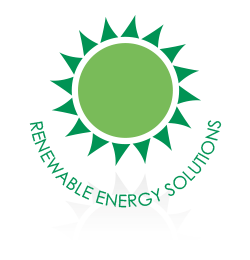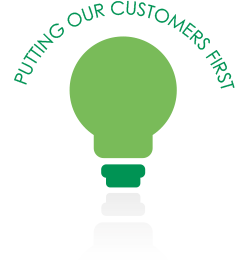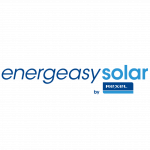What is Energy Storage?
Energy Storage is the latest renewable energy innovation, retrofitting or combining domestic or commercial battery packs to your renewable energy system. These batteries are used to store excess energy produced by the system, to be released at a later stage.
Traditionally, solar panel and renewable energy installations have been reliable in reducing reliance on the National Grid and offsetting some energy consumption. Recent advances in the field of battery technology now mean that there are viable Energy Storage Solutions to help capture and store the excess electricity generated by your solar panels.
Manufactured by brand leaders SMA or Victron the storage can be easily integrated with existing solar panel systems, or included in brand-new installations for maximum efficiency. Read more about our brands.
How does it work?
Battery Storage allows you to generate and store electricity in your home or business by day, then release it back into your system as you need it, for example when it is dark or when there is a powercut, reducing or removing your reliance on the grid!
Your system will be fitted with a lithium-ion battery and charger unit, between your panels and the grid. Your Solar Panels will generate and use your electricity as normal, but when demand is low and spare energy is produced, it will charge the batteries rather than going onto the grid.
When demand is high and you are using more electricity than you are producing, you normally start to draw from the grid. Instead, your network will draw from the power you generated and stored in the battery earlier, reducing or even eliminating your reliance on the grid. It is also possible to power your property from your battery in the event of a power cut.
What are the benefits?
There are a number of benefits to adding battery storage to your system, including but not limited to:
- a further reduction in energy costs. On average, solar storage can be used to cut your energy bills by a further 70%, although this can be as high as 90%, subject to the size of your set-up and the amount of storage used.
- you will still qualify for the Feed-in-Tariff (FIT) if you do already. Any installations which benefit from FIT will continue to do so and it won't affect your eligibility.
Case study:
We have installed a solar storage unit in Herefordshire on a property with an existing solar panel set-up. Using the panels but with no storage facility, our customer was still having to purchase 42% of their power from the grid; now the panels are combined with energy storage the grid is hardly used, with the batteries powering the entire house in the early morning and most of the evening. In June, our customer only had to import 14% of his total power requirement from the grid - a massive saving.








